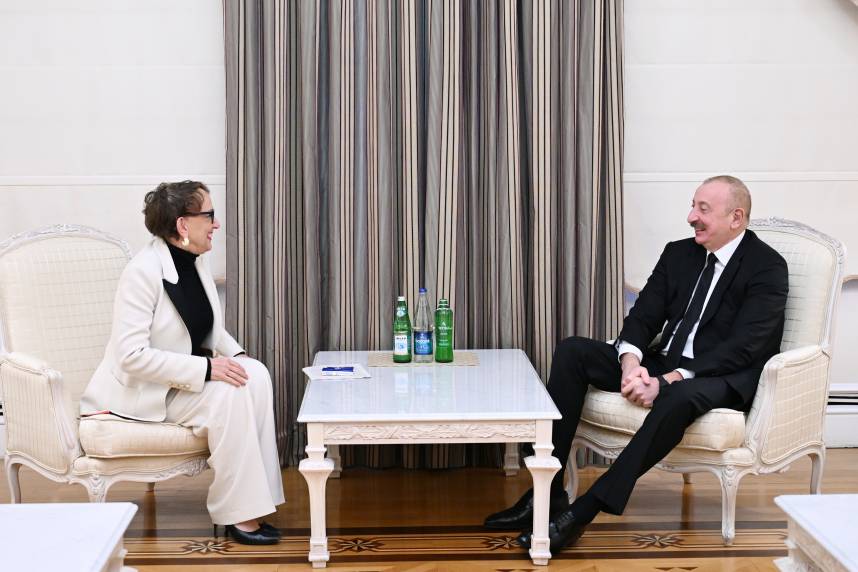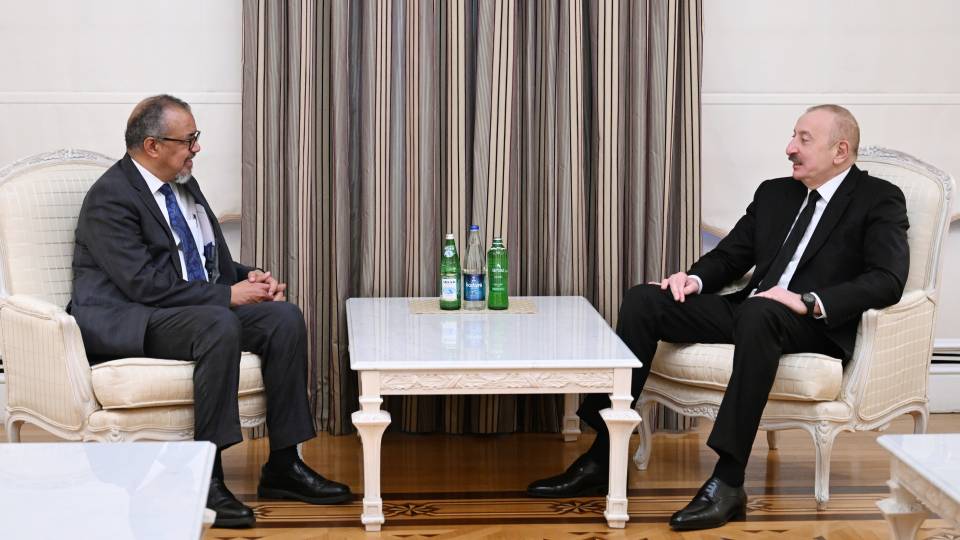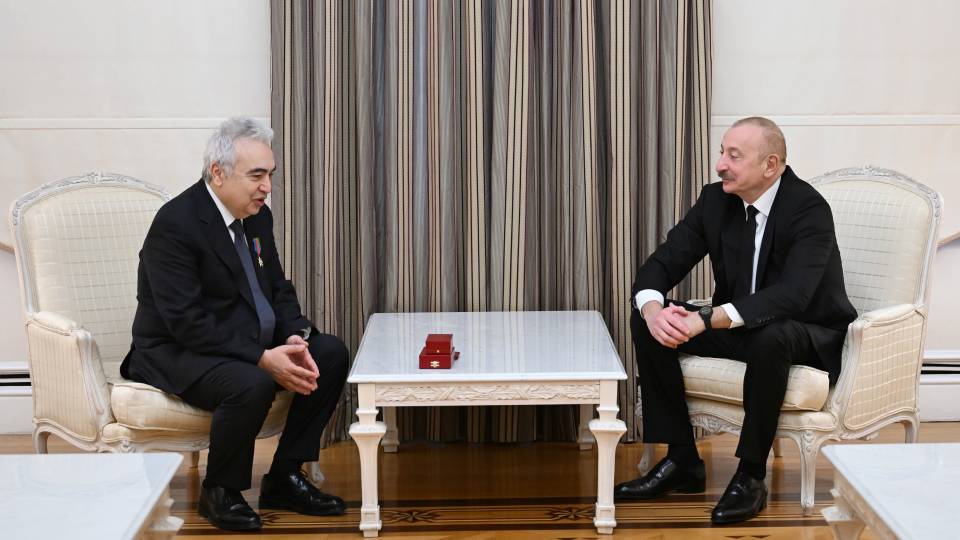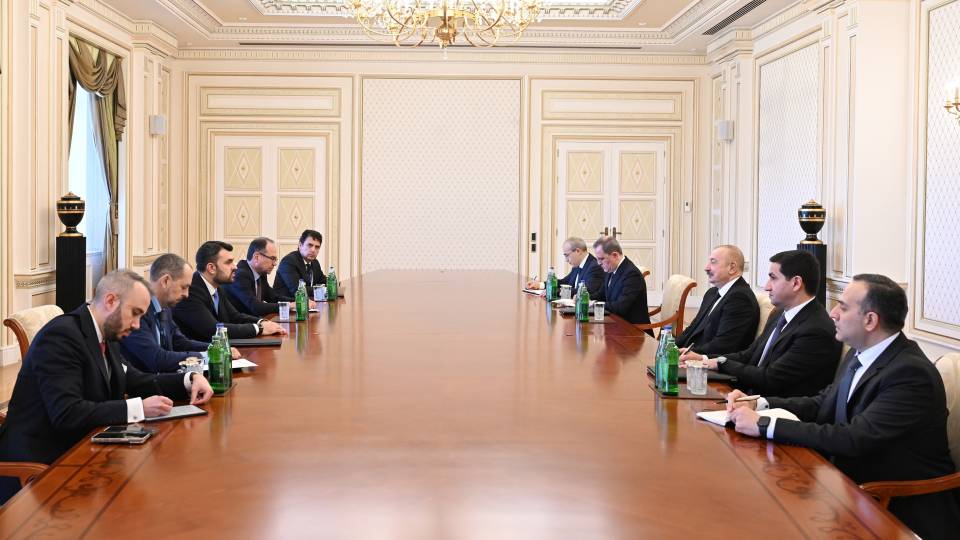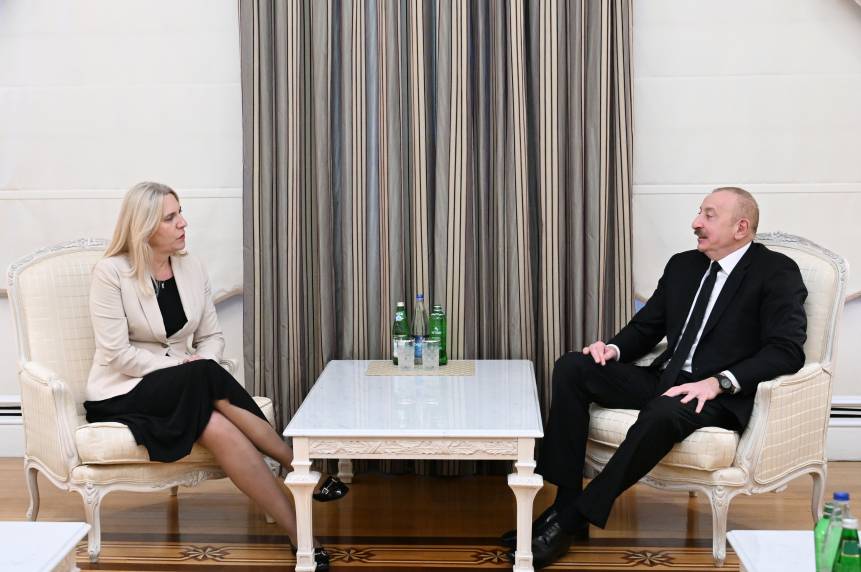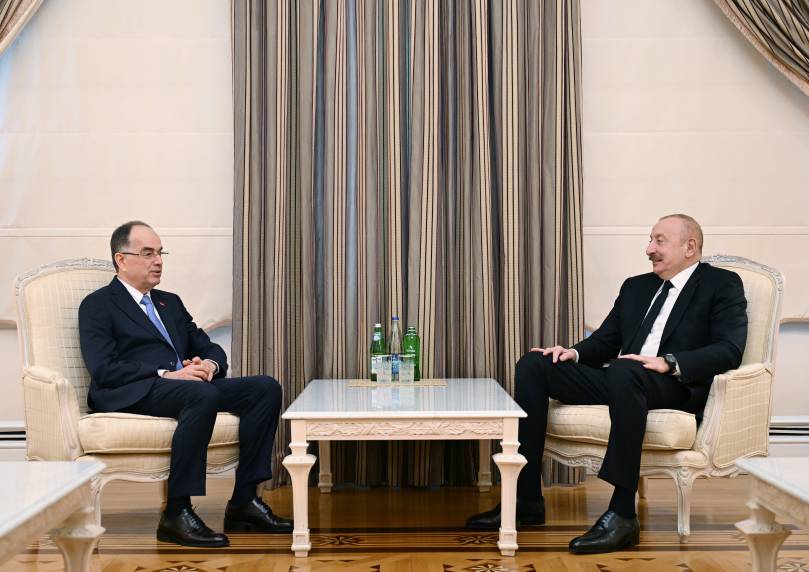Balkans Business News
01.07.2010
The prospects of the 1.5 billion euro ($1.8 billion) Trans Adriatic Pipeline (TAP) project, designed to carry Azeri natural gas to Europe, received a boost this month from an agreement between Turkey and Azerbaijan, a senior project official said.
Under a preliminary agreement inked by Turkey and Azerbaijan earlier this month, Azerbaijan will sell gas from its Shah Deniz field, seen as the main supplier to most pipelines in the southern gas corridor, to customers in Turkey and Europe. The agreement could also provide part of the supplies for the much bigger Nabucco pipeline also designed to carry Caspian gas to Europe via Turkey.
"I think it is a very good signal that it looks like there will be between eight and ten billion cubic metres (bcm) that will then flow beyond Turkey and this, as you know, is important for TAP," Michael Hoffmann, TAP External Relations Director told SeeNews on the sidelines of the SEE Oil&Gas 2010 Conference organised by EastEuroLink in Istanbul last week. SeeNews was a media partner to the organiser.
European gas majors are vying for supplies from the $20 billion second stage of Shah Deniz as they aim to reduce their dependence on Russian gas after price disputes between Gazprom and Ukraine left much of Europe without gas in 2006 and then again in 2009.
According to Hoffmann, the memorandum of understanding between Azerbaijan and Turkey for the transit of Azeri gas to the Turkish border made TAP's supply prospects more secure.
As another major step towards TAP's development, Hoffmann identified the entry of Germany's largest importer of natural gas, E.ON. Ruhrgas, which took over 15% of the Swiss-based project company on May 20. Until then TAP was a joint venture company equally owned by Norway's Statoil and Swiss-based EGL Group.
"In our view, the market is the one that decides. E.ON. Ruhrgas coming on board signals that the market has evaluated all projects and has come to the conclusion that TAP is the best for the reason that it has the shortest route," he said.
"And we remain open to parties joining the project. That's very important. TAP's shareholders continue to remain open for other potential shareholders and invite participation."
Hoffmann said that TAP was also designed to be flexible and is easily able to increase capacity of the pipeline, if additional new sources of gas are found.
"Currently TAP is being built to transport 10 bcm. However,the pipeline has been designed to increase capacity to 20 bcm if necessary," he said.
"We have invested more at a marginal cost now, so if there should be more gas from Shah Deniz or elsewhere, another compression unit can be added, so that TAP can double its transportation capacity to 20 bcm easily," he added.
As for the timeframe for the first gas flow through the pipeline, Hoffman said it all depended on the development of the Shah Deniz project.
"End of 2016-early 2017 is what they [the sellers' consortium] are saying, so we will be ready by the end of 2016 for delivering gas," Hoffmann said.
According to Hoffmann namely the fact that TAP offers the shortest route to Europe in the southern gas corridor made the project shine among competitors.
TAP, along with another smaller-volume project, the Interconnector Turkey-Greece-Italy (ITGI) led by Italy's Edison and Greece's Depa , is competing with European Union-backed Nabucco project to ship Caspian gas to Europe.
"When one looks at the map that is the straightest line, the shortest route, connecting markets in the southern gas corridor, around 520 kilometres. And in the gas business, it's really about the cost of new steel, essentially that determines how expensive the pipeline would be.
So, the shorter the pipeline, the less it will cost. As simple as that," Hoffmann said.
TAP (www.trans-adriatic-pipeline.com) will transport natural gas from the Caspian region via Turkey, Greece and Albania and across the Adriatic Sea to Italy's southern Puglia region and further west to Western Europe. The pipeline has a design capacity of 10 billion cubic metres (bcm) of gas per year, expandable to 20 bcm per year depending on throughput.
Link to article

